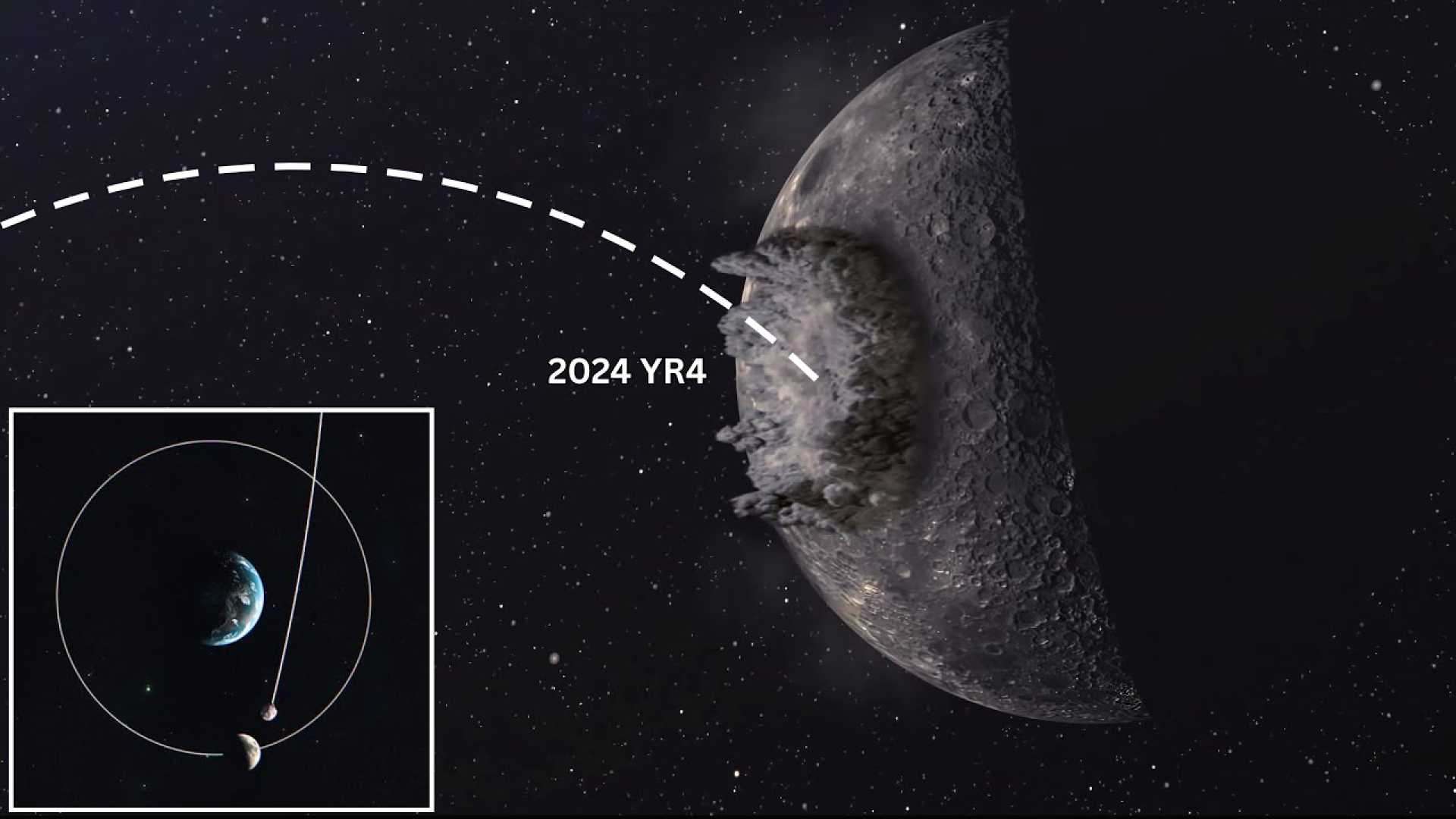News
Asteroid 2024 YR4 May Impact Moon, Scientists Warn

GREENBELT, Md. — The asteroid known as 2024 YR4, which was initially thought to be on a collision course with Earth, may instead strike the moon in December 2032. Discovered at the end of 2024, the building-sized asteroid has been drawing the attention of scientists due to its shifting trajectory.
In February 2025, the chance of YR4 impacting Earth peaked at 3.1%, leading astronomers to monitor its path closely. Recent observations in June showed a revised trajectory, increasing the probability of a lunar impact to 4.3%. While this situation poses no significant risk to Earth, any potential strike on the moon could send debris hurtling towards our planet.
Dr. Paul Wiegert, a professor of astronomy at Western University in Ontario, commented on the implications of the potential lunar collision. He noted, “If YR4 hits the moon, it will be the largest asteroid to have hit the moon in about 5,000 years. It’s quite a rare event.” Wiegert also mentioned that observers on Earth could witness the impact through small telescopes or binoculars.
The asteroid is estimated to be about 60 meters (200 feet) in diameter, classified as a “city killer” due to its potential for regional devastation. If YR4 collides with the moon, it could create an impact crater approximately 1 kilometer wide, displacing millions of kilograms of lunar material.
While Earth will likely not face direct danger, astronauts and satellites in orbit may be at risk from any debris produced by the impact. Current satellite infrastructure plays a vital role in communication, navigation, and weather forecasting, making the situation increasingly concerning for satellite operators.
Researchers are not only tracking YR4 but also considering strategies for planetary defense. Astronomers at NASA, including those involved in the Double Asteroid Redirection Test (DART), are exploring potential solutions to mitigate future risks from such asteroids.
With YR4 currently beyond the reach of telescopes as it orbits the sun, scientists eagerly await its return in 2028 for further observation and analysis. Overall, the developments surrounding asteroid 2024 YR4 highlight the importance of tracking celestial objects that may affect both Earth and the moon.












